 Hello and welcome to the unofficial Brian De Palma website. Here is the latest news: |
|---|
 Hello and welcome to the unofficial Brian De Palma website. Here is the latest news: |
|---|
E-mail
Geoffsongs@aol.com
-------------
Recent Headlines
a la Mod:
Listen to
Donaggio's full score
for Domino online
De Palma/Lehman
rapport at work
in Snakes
De Palma/Lehman
next novel is Terry
De Palma developing
Catch And Kill,
"a horror movie
based on real things
that have happened
in the news"
Supercut video
of De Palma's films
edited by Carl Rodrigue
Washington Post
review of Keesey book
-------------
Exclusive Passion
Interviews:
Brian De Palma
Karoline Herfurth
Leila Rozario
------------
------------
| « | September 2021 | » | ||||
| S | M | T | W | T | F | S |
| 1 | 2 | 3 | 4 | |||
| 5 | 6 | 7 | 8 | 9 | 10 | 11 |
| 12 | 13 | 14 | 15 | 16 | 17 | 18 |
| 19 | 20 | 21 | 22 | 23 | 24 | 25 |
| 26 | 27 | 28 | 29 | 30 | ||
De Palma interviewed
in Paris 2002
De Palma discusses
The Black Dahlia 2006

Enthusiasms...
Alfred Hitchcock
The Master Of Suspense
Sergio Leone
and the Infield
Fly Rule
The Filmmaker Who
Came In From The Cold
Jim Emerson on
Greetings & Hi, Mom!
Scarface: Make Way
For The Bad Guy
Deborah Shelton
Official Web Site
Welcome to the
Offices of Death Records
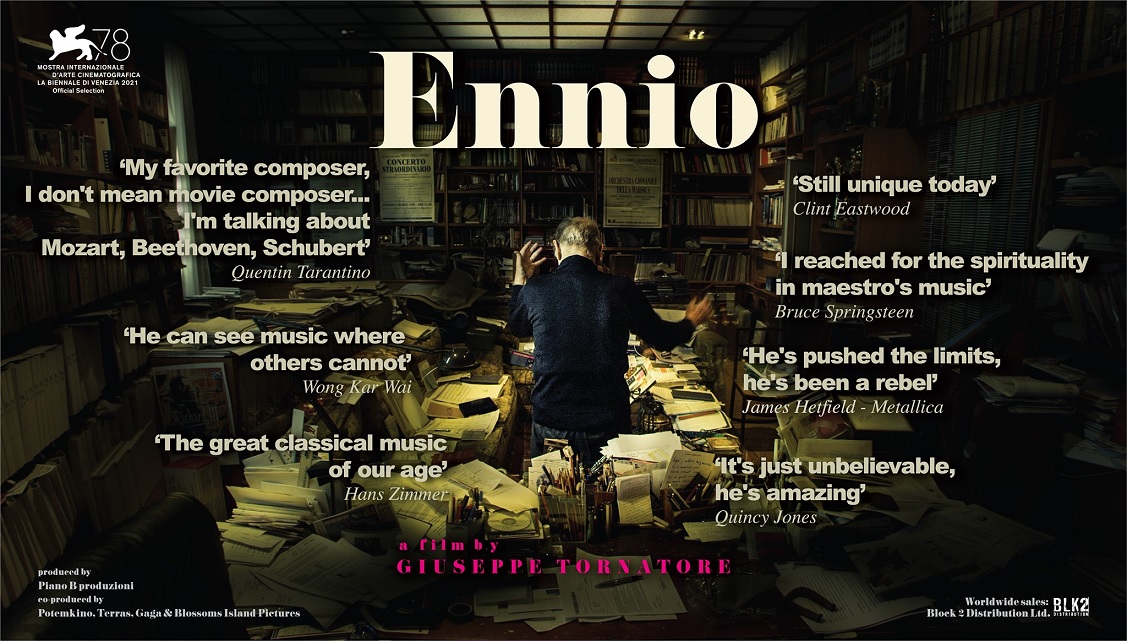
Of all the filmmakers who owe debts to the great Ennio Morricone, surely few owe as much as Giuseppe Tornatore: 1988’s Cinema Paradiso was a crowd-pleaser for many reasons, but would’ve had a harder time becoming a global hit without Morricone’s romantic, nostalgic score. Tornatore worked with the composer many times after that first collaboration, and is well positioned to offer the career-capping Ennio, which arrives barely a year after Morricone’s death.Happily, the film is more than a greatest-hits rundown (and at nearly three hours, it had better be): In addition to nuts-and-bolts musicology, it offers real engagement with a complicated character, endearingly stubborn and self-effacing, whose inventiveness changed both his chosen field (“absolute” music) and the one, film scoring, he entered only reluctantly.
The maestro sits onscreen for much of the film, alert behind his giant spectacles, telling stories about a career he’d intended to be entirely different — even after he gave up a boyhood ambition to be a doctor. (His father, a professional trumpeter, insisted that little Ennio should follow the same path.)
Morricone recalls the humiliation of playing for food during the occupation of Italy in World War II. His play-for-peanuts experiences may have left a visible mark, because when he entered a program to study composition, the young man was at first allowed to write only dance tunes. Morricone craved the approval of his mentor, the composer and teacher Goffredo Petrassi — he still remembers the grades he got on assignments — and he did make headway in the academic arena, eventually helping to form an avant-garde collective inspired by John Cage.
But he was always doing commercial work as well, staying up all night to crank out arrangements for TV shows that didn’t credit him by name. This led to arrangements for pop singers, and Tornatore shows us many enjoyable examples of what Morricone’s contemporaries are describing in interviews: Where previous arrangers simply wrote orchestral parts to follow a song’s chords, he was inventing something new, giving the orchestras much more to do, and adding elements no pop producer at the time would have imagined using, from tin cans to typewriters.
The film’s brief but delightful tour through these bing-bongy pop tunes, enriched by interviews with Italian stars like Gianni Morandi, suggests that a very enjoyable film (if one appealing to a more narrow audience) could be made on these years alone. But that’s not why we’re here, of course. It’s time to start whistling.
Morricone composed scores for two Westerns under a pseudonym, not wanting to be associated with the genre, before teaming up with Sergio Leone. (The two were surprised to realize they’d been classmates in elementary school.) The director took him to a Kurosawa picture to explain what he had in mind, and the rest is spaghetti.
The doc’s look at A Fistful of Dollars is the first of several places in which Morricone explains how he borrowed from his own work, repurposing an arrangement he’d done for a country song. His work on that movie is also a key example of his putting his foot down — though not the first, as we’ve already heard how he swore he’d quit his conservatory if they didn’t let him study under Petrassi. When Leone intended to use a Degüello from another movie in a key showdown scene, Morricone was so offended he threatened to quit. Leone backed down.
Morricone would lose some artistic conflicts, but it seems they were often occasions on which he underrated his own work. When he sent Brian De Palma nine ideas for a victory theme in The Untouchables, he told the director, “Please don’t choose number six.” But number six is in the movie, and it’s hard to imagine any music that would serve the scene better. He also initially refused to write music for The Mission, claiming that Roland Joffé’s images were so beautiful he could only make things worse. (Again, Ennio: Wrong.)
But for serious self-deprecation, you have to hear Morricone claim that he “hates melody.” Other composers interviewed here (tons of them, in the film world and outside it) are astonished at this idea, coming from someone who has created so many memorable melodies. But there are only so many ways tones can be ordered, and Morricone calmly says, “I think that we are out of melodic combinations.” Good thing he had so many other compositional tools to work with.
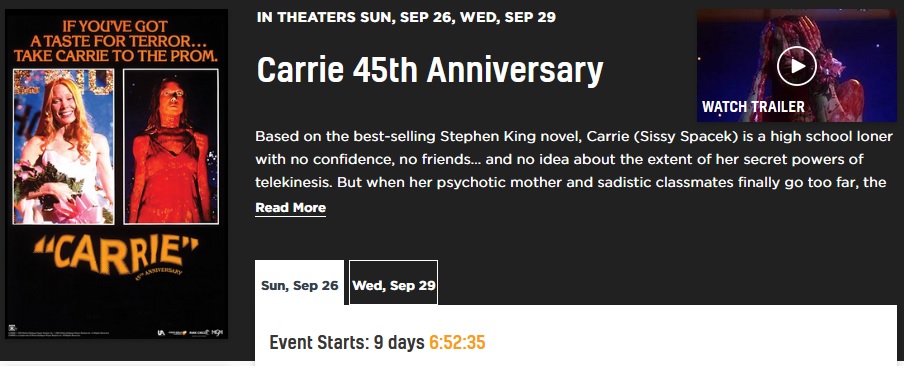
The final days of summer are here, and with spooky season just around the corner, Fathom Events is getting ready to celebrate the season with Fright Fest 2021. Lasting from September through November, the eight-week event will bring some of the most iconic horror movies of the past back to theaters nationwide for a limited time just in time for those Halloween film binges.This year's Fright Fest will kick off on Sunday Sept. 26 with a night celebrating the 45th anniversary of Carrie, the 1976 Brian De Palma-directed horror film that is based on Stephen King's novel of the same name. The film has become a cult classic in the decades since its release and is notably a must-watch spooky season movie. Fright Fest will continue with more nights celebrating the anniversaries of other favorite horror flicks, including The Evil Dead, Scream, and The Silence of the Lambs. There will also be several nights dedicated to Studio Ghibli Fest 2021, as well as several other popular titles returning to theaters, before Fright Fest 2021 wraps on Tuesday, Nov. 16 with Paranorman, a family-friendly viewing option.
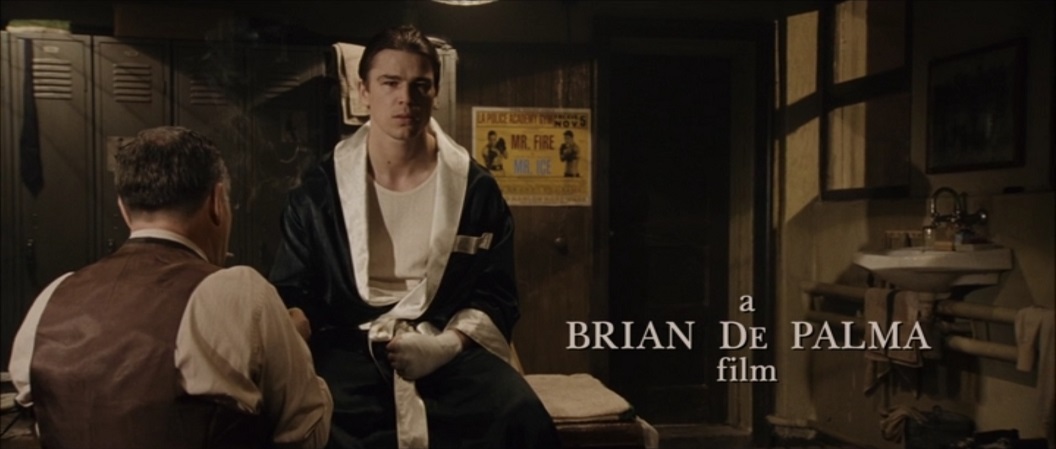
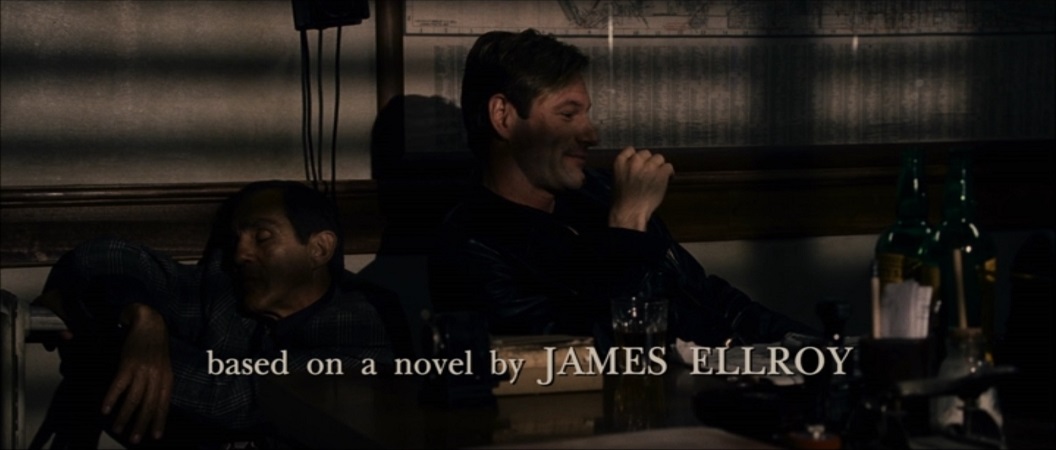
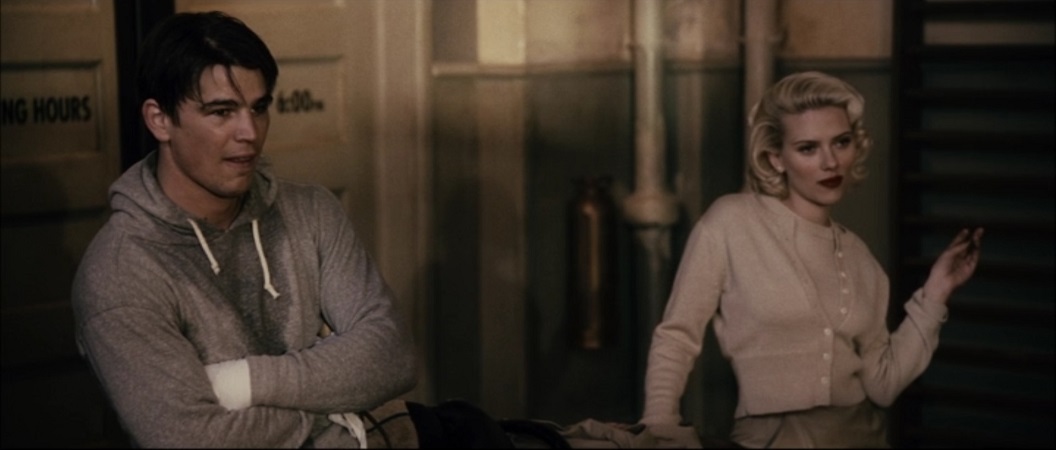
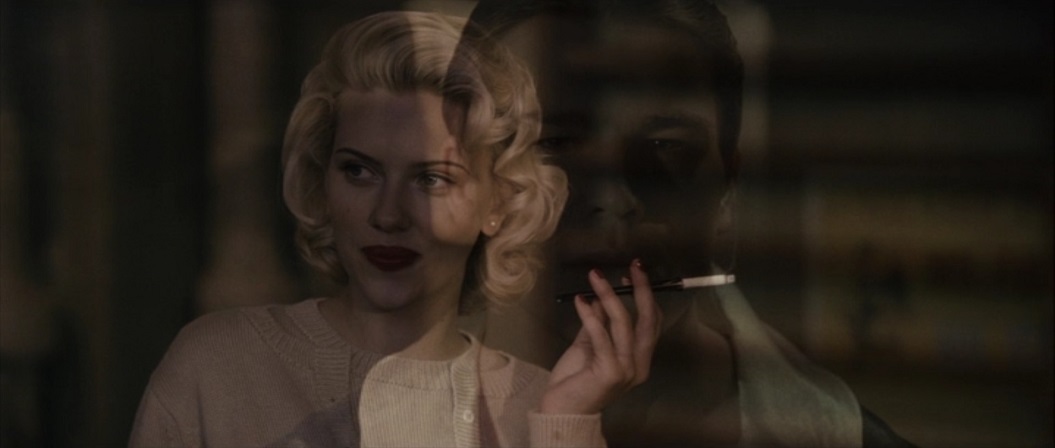
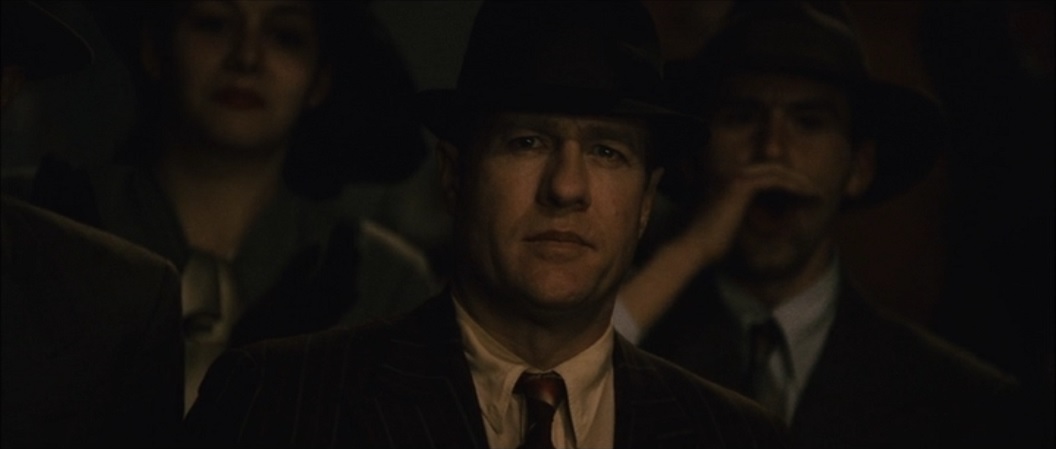
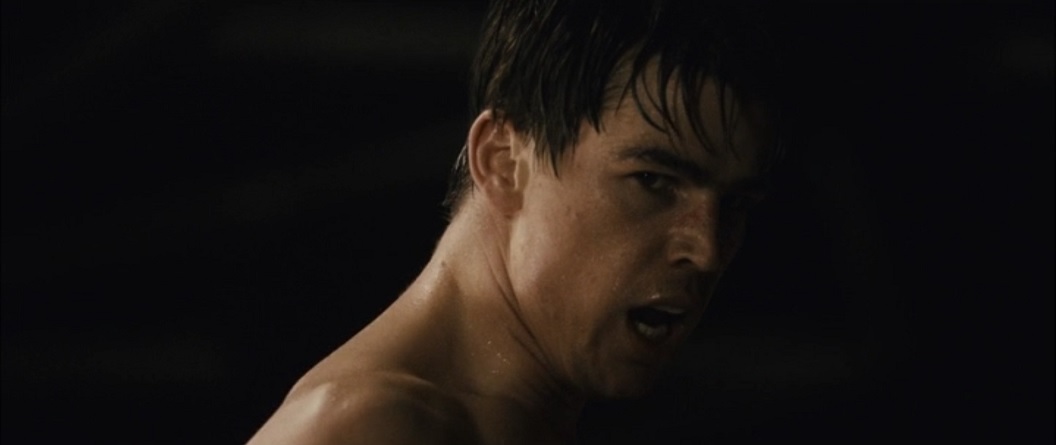
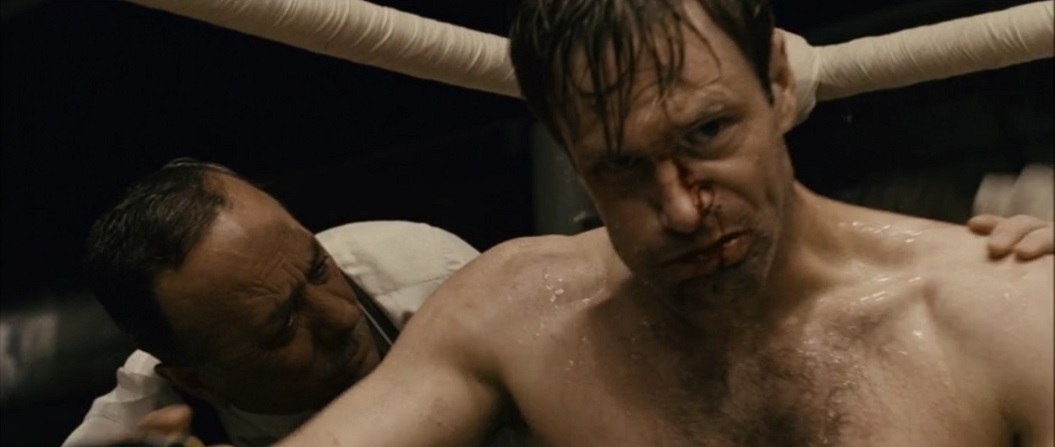
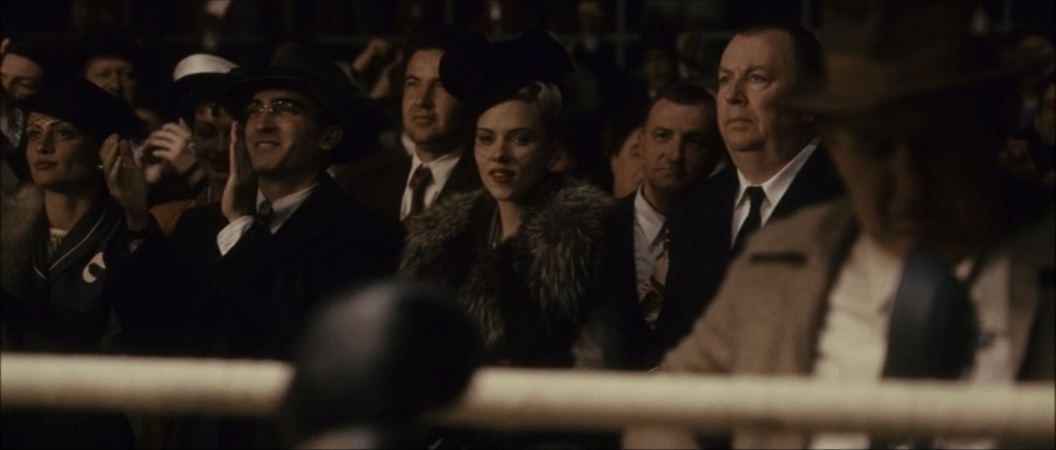
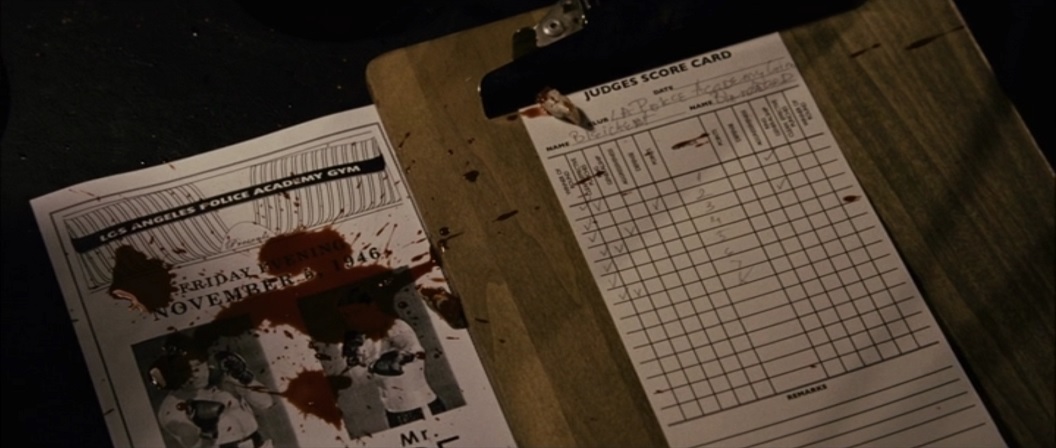
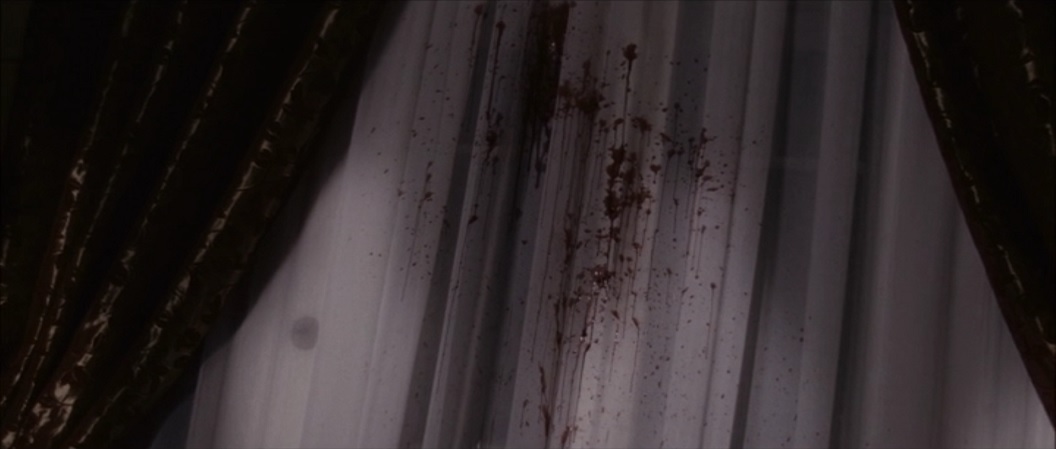
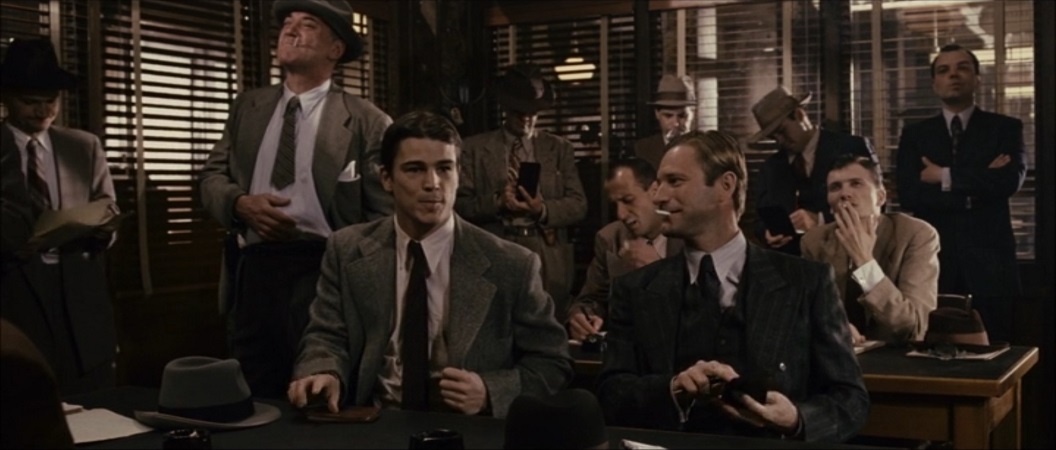
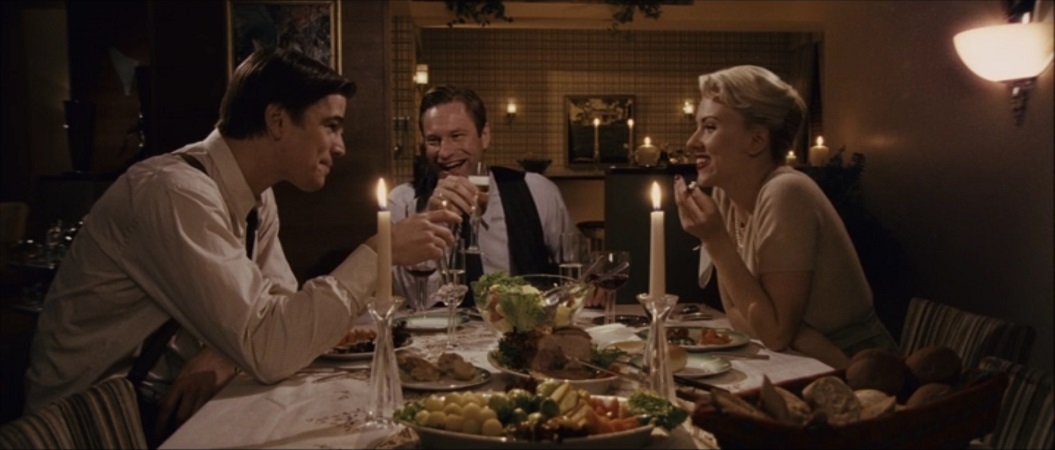
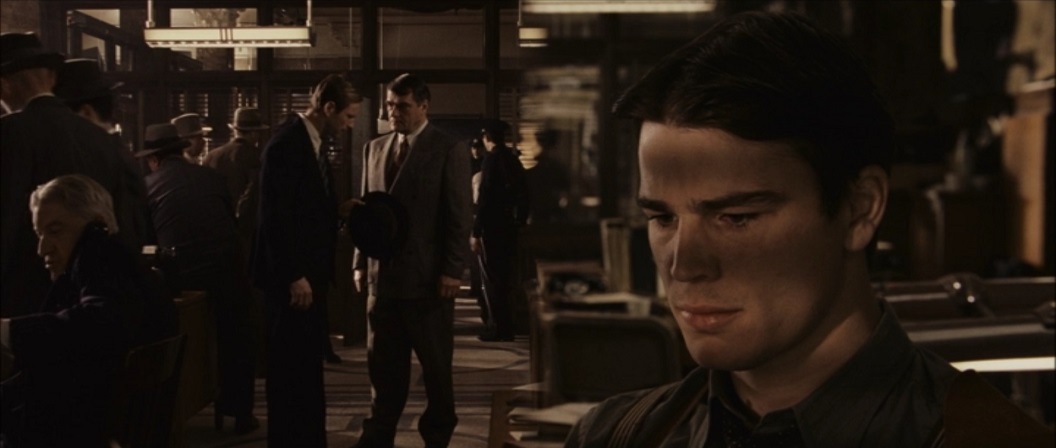
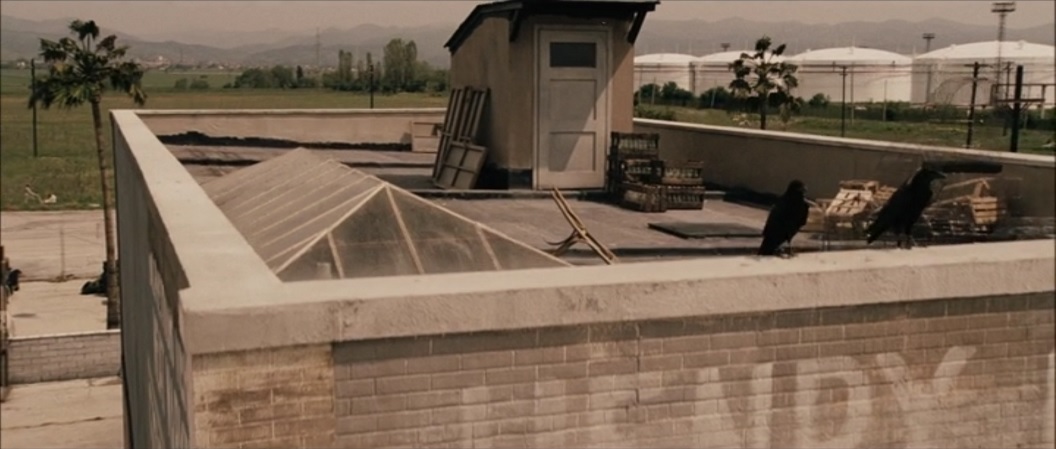
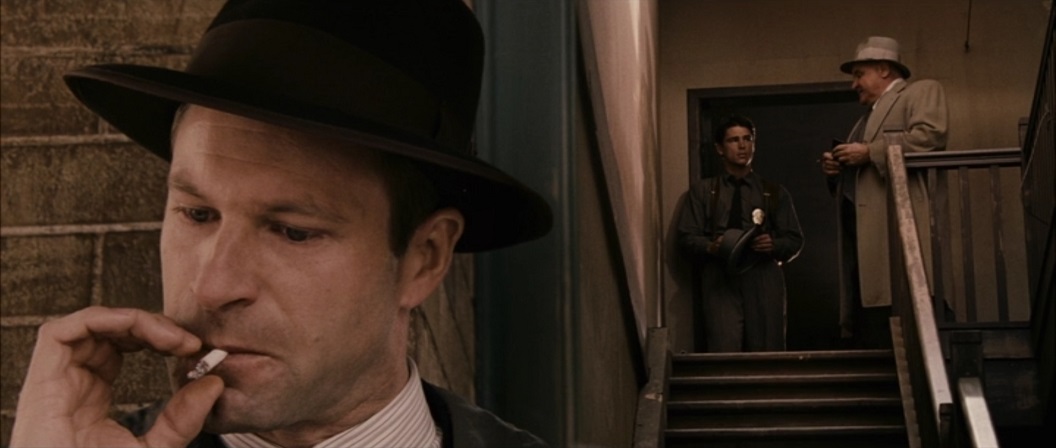
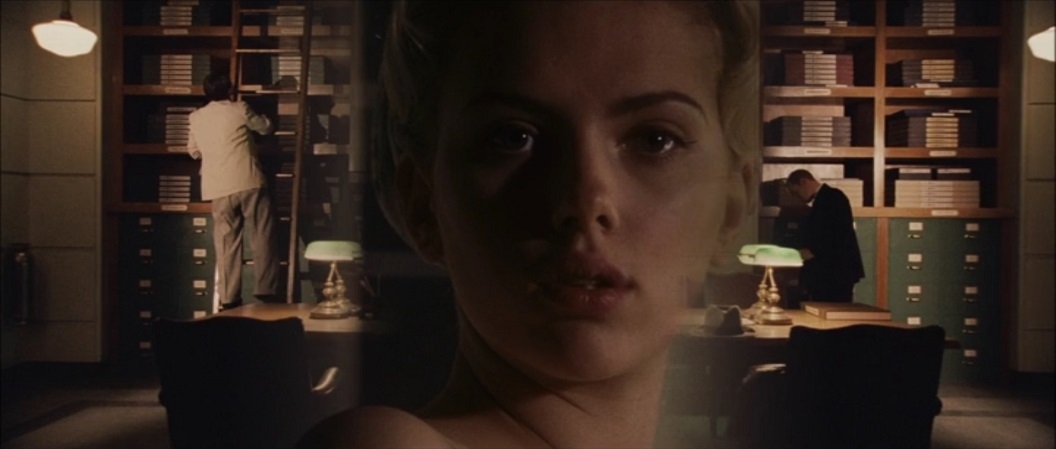
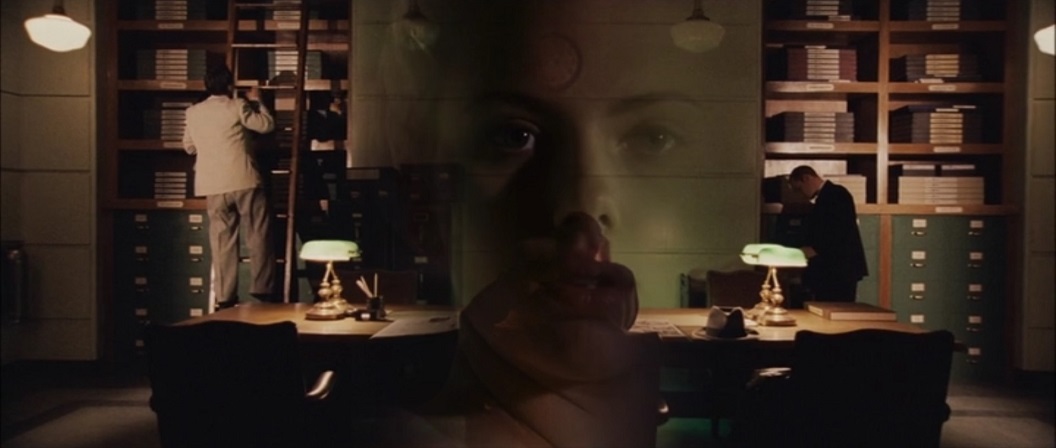
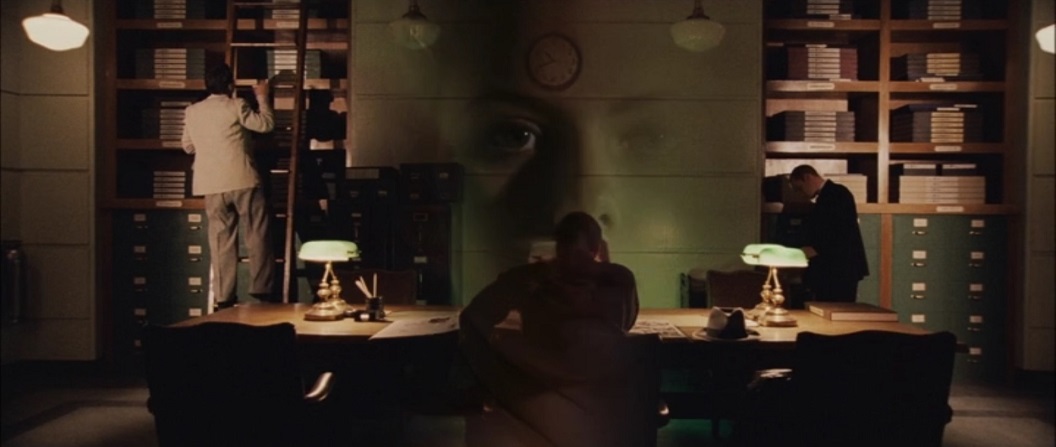
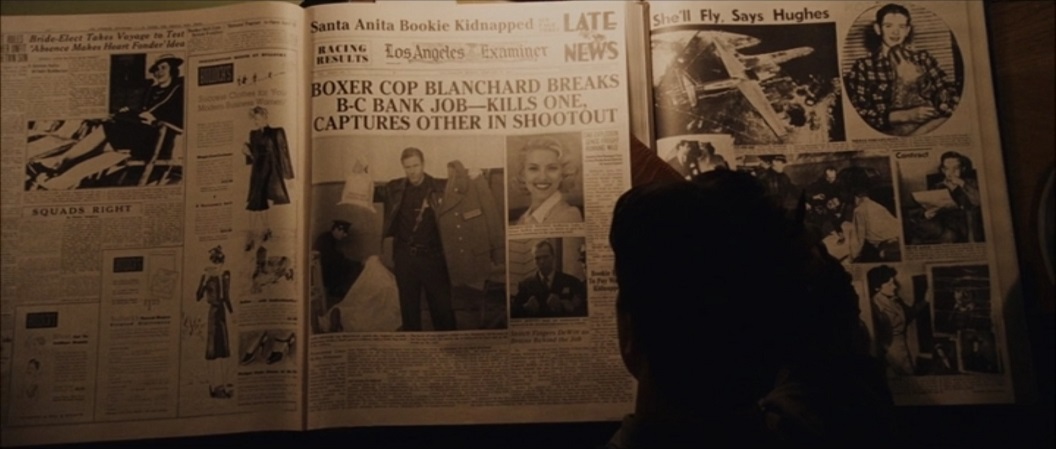
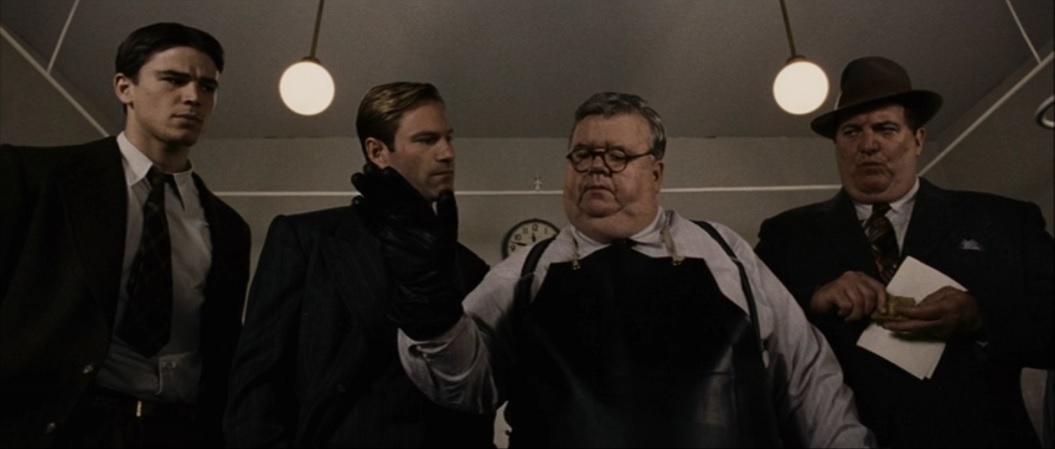
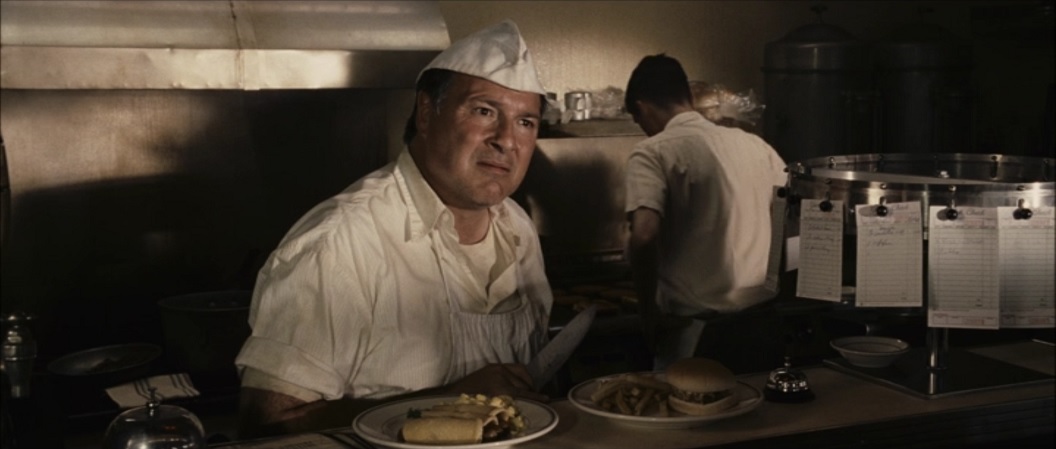
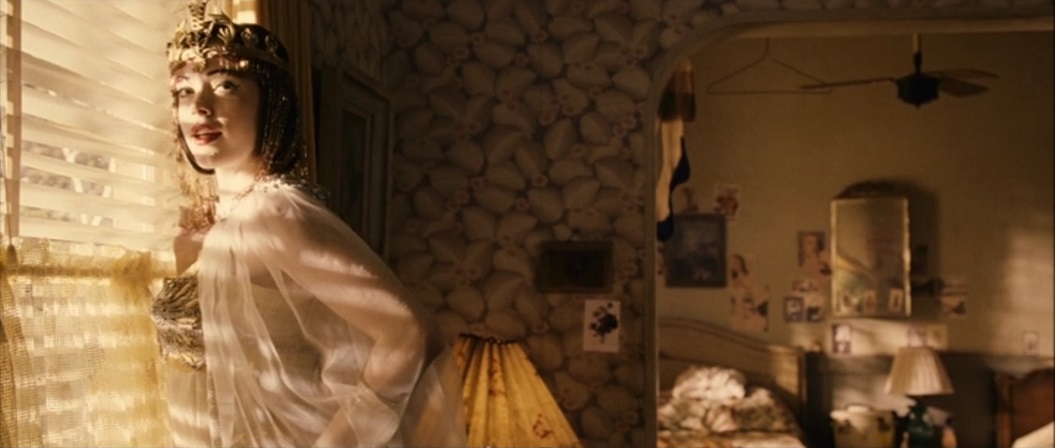
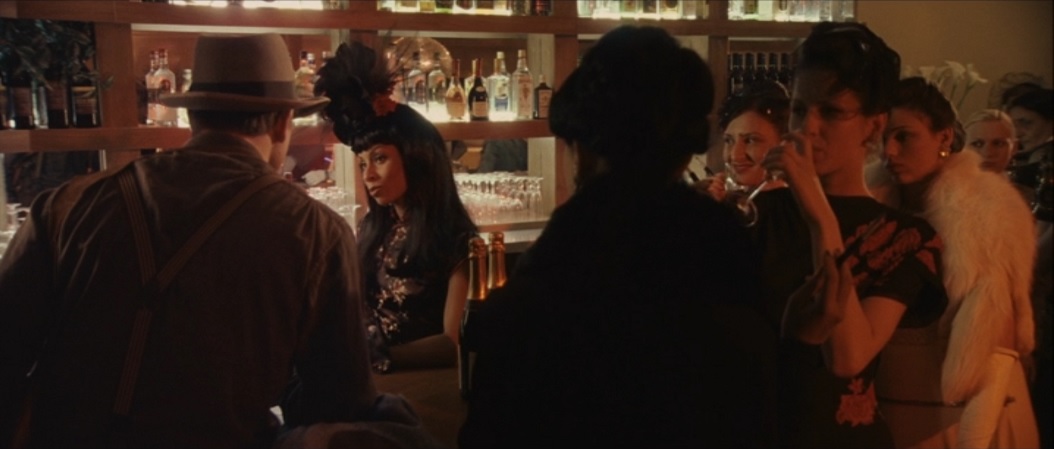
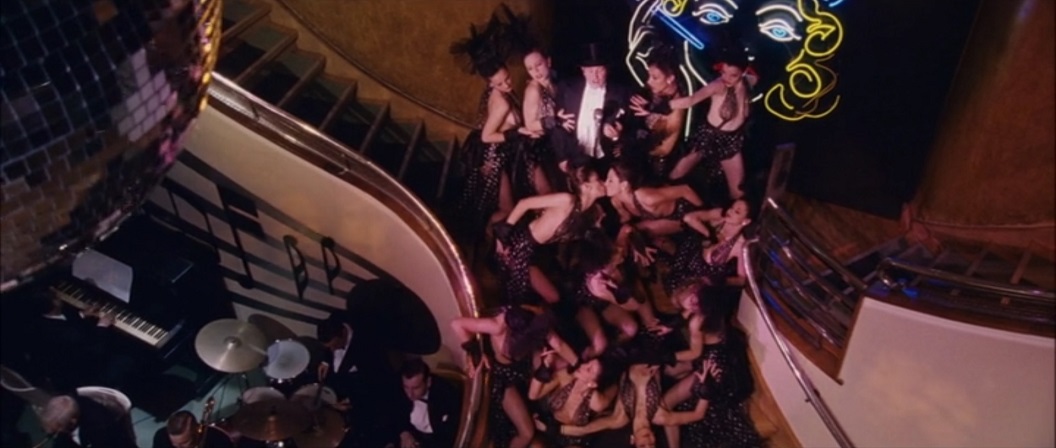
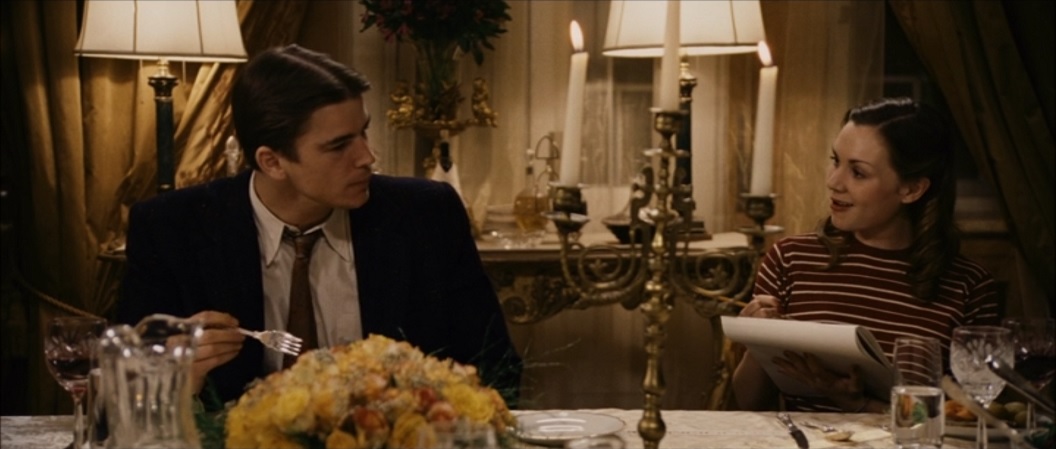
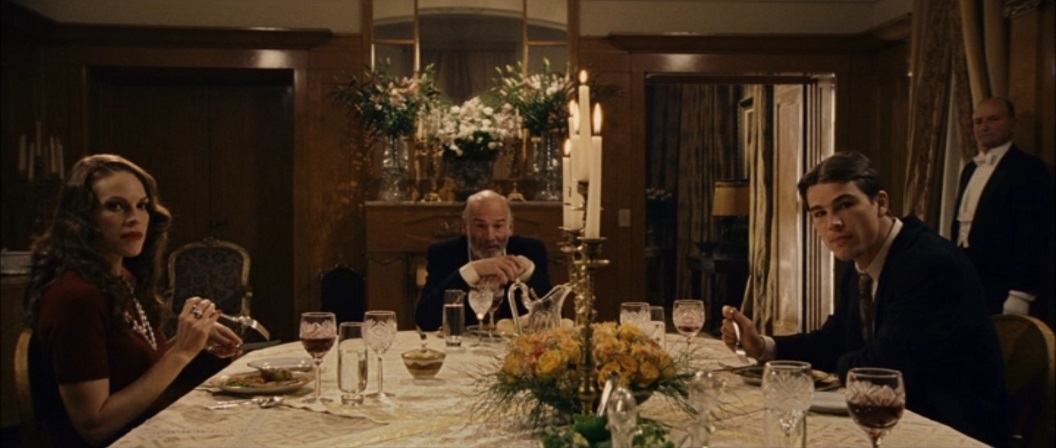
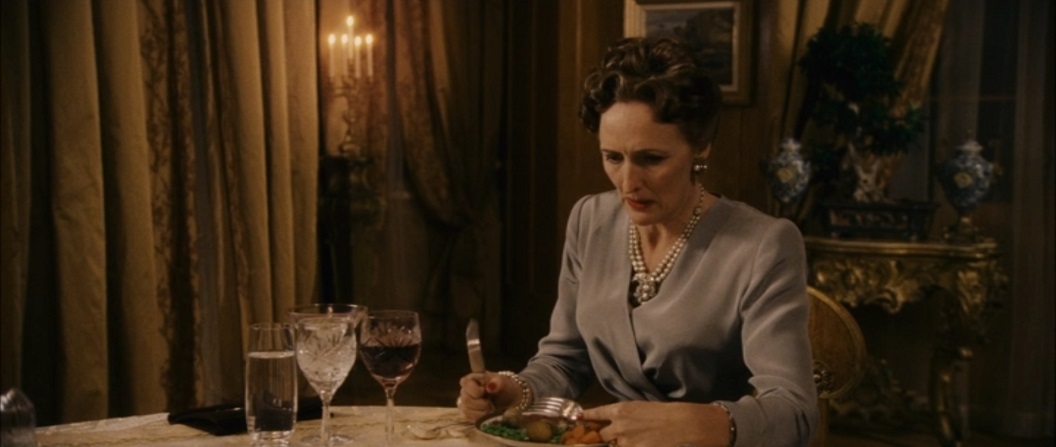
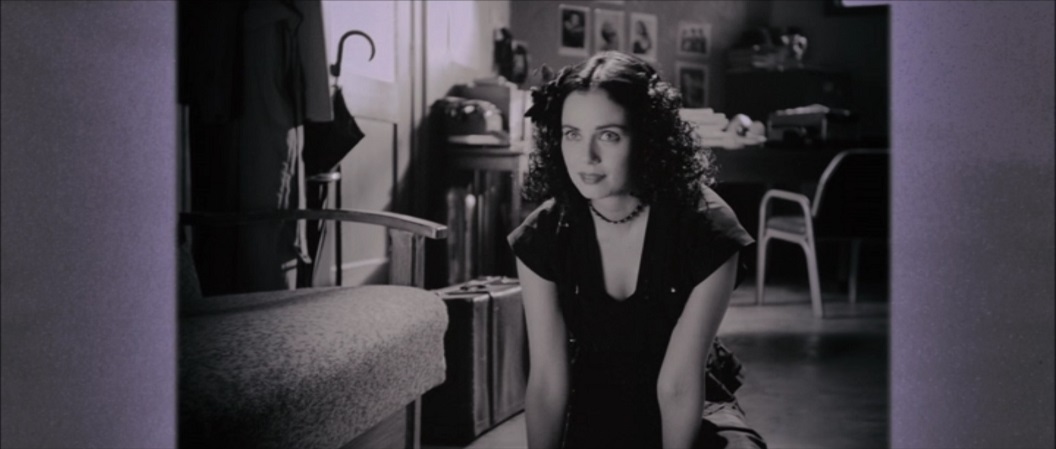
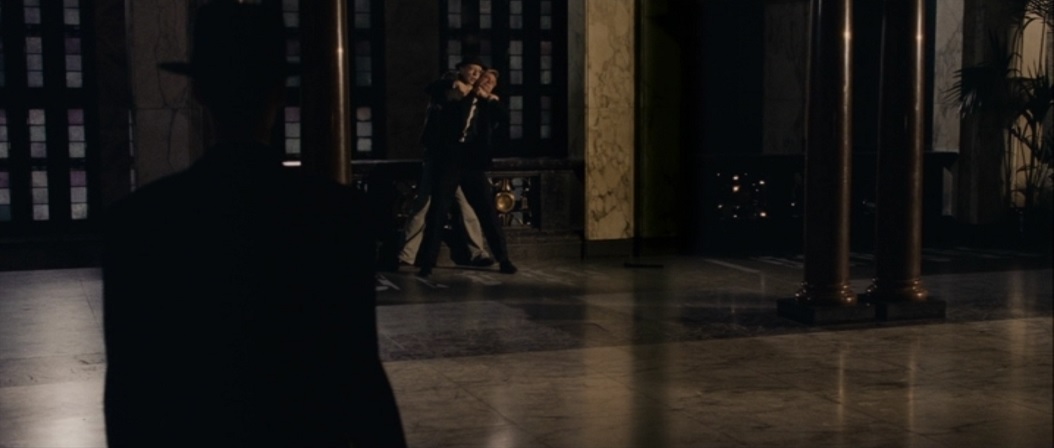
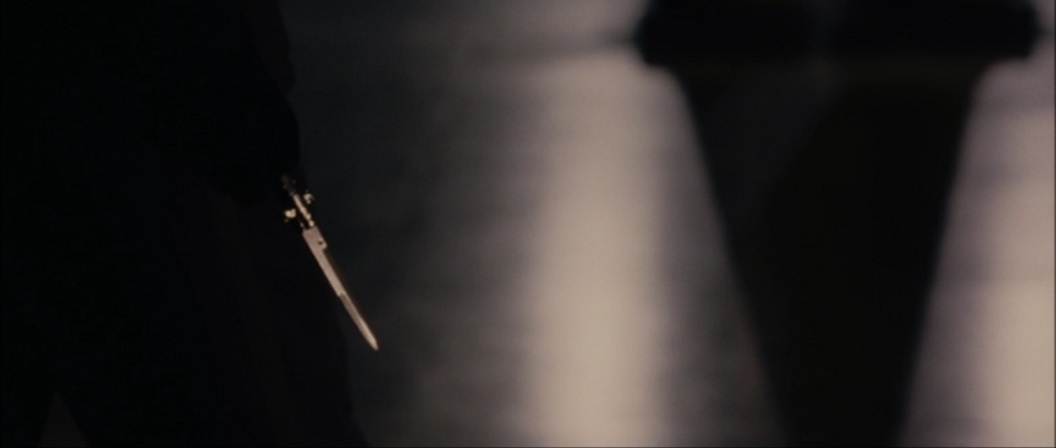
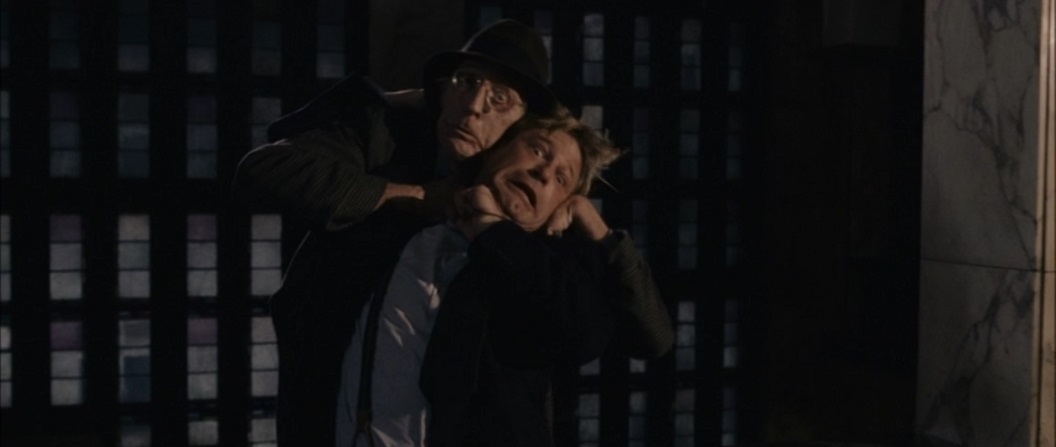
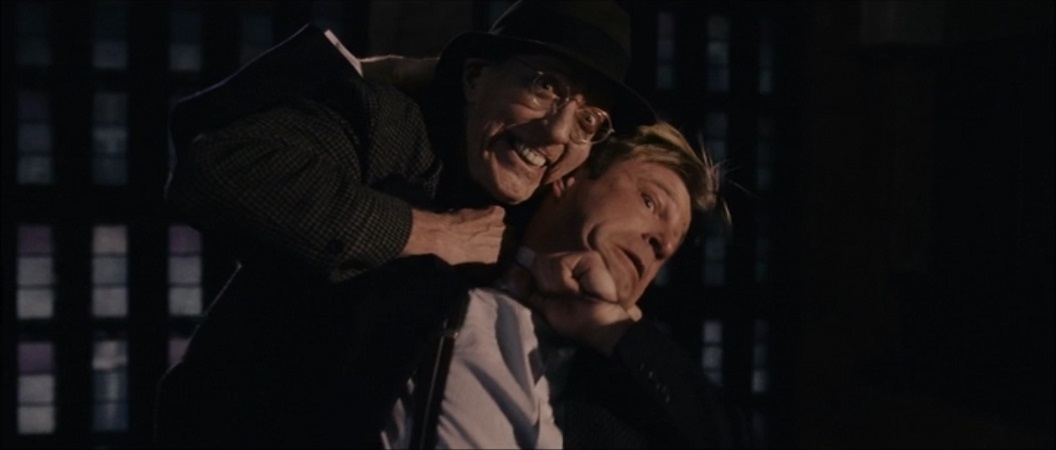
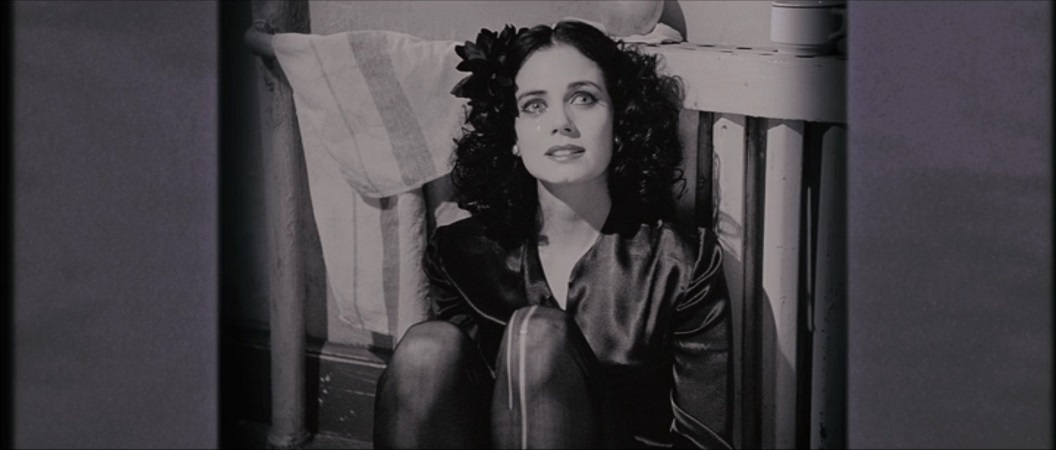
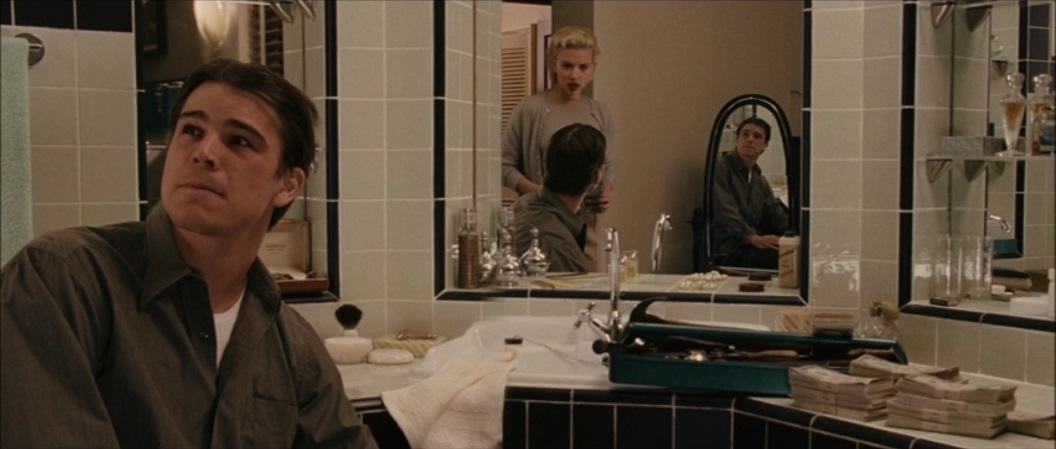
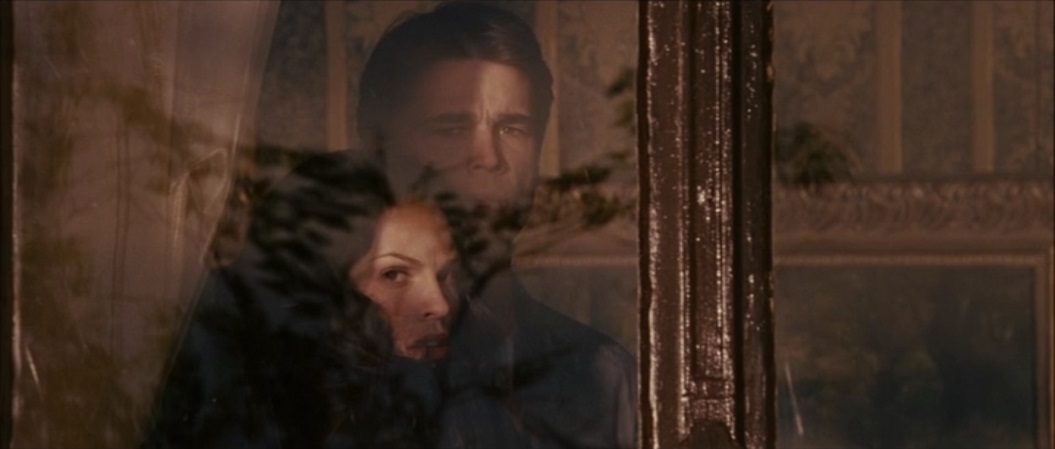
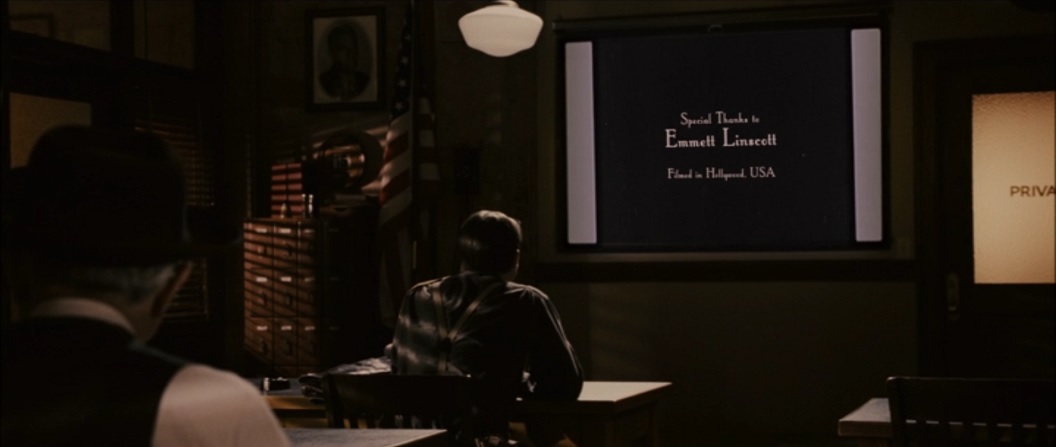

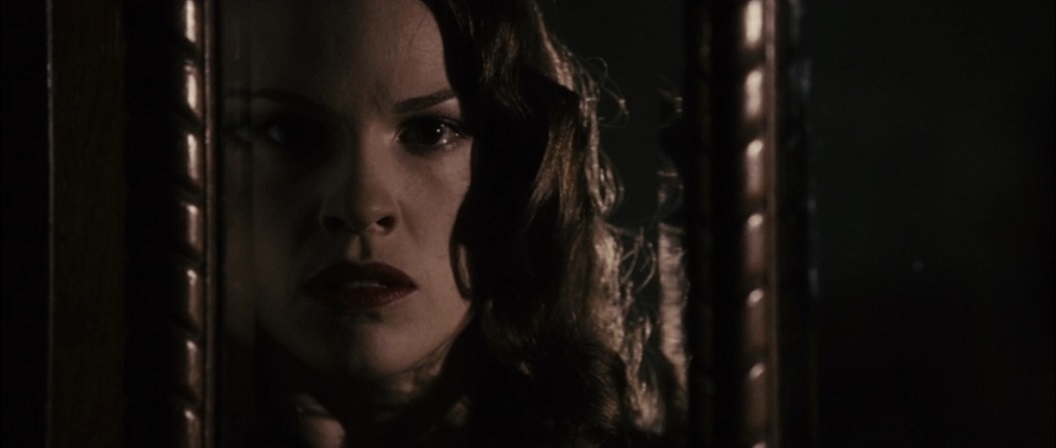
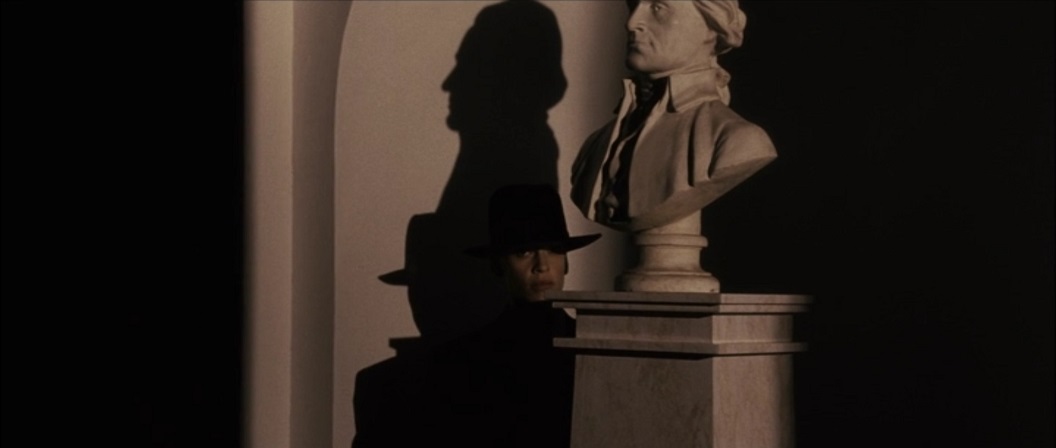
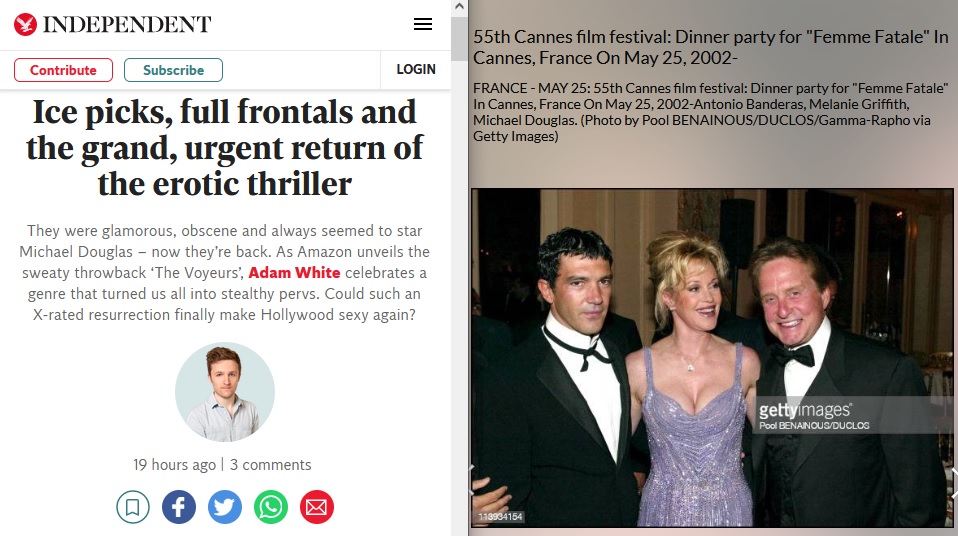
In the article, White quotes De Palma from the Passion days of 2013:
At the beginning of Amazon Prime’s new erotic thriller The Voyeurs, a pair of mildly repressed twentysomethings watch their neighbours romp away on their kitchen island across the street. “They want us to look!” cries the guy, as his girlfriend feigns discomfort. In truth, she’s guiltily aroused, desperately wanting to perv but unsure if she should. The couple are characters in a sweaty, stylised, and overwhelmingly ludicrous movie. They are also everyone who has ever watched an erotic thriller. That most polarising of film genres lay dormant for years, its saxophone scores unheard, those phallic murder weapons collecting dust. Now it’s back, in all its maddening, barenaked glory. Hopefully, anyway.We’ve been here before. With the launch of Fifty Shades of Grey in 2015, there were rumbles that a cottage industry of adults-only dramas would be unfurled upon the world, resurrecting a style of filmmaking unseen since Michael Douglas stopped taking his clothes off in movies. Instead, the trilogy of book adaptations petered out, and mainstream American cinema maintained its oddly sexless status quo. Eroticism, love-making, even romantic intimacy are big-screen anomalies in 2021. And while we’ve generally convinced ourselves that we’re far more progressive and sexually open than we used to be, at least in the public sphere, cinema is nowhere near as straight-up sexy as it was 25 years ago.
The cinema of the late Eighties and early Nineties was dominated by powerful stars who oozed sex and chaos. There were genre titans Douglas and Sharon Stone, who tangled with one another in 1992’s Basic Instinct, then separately sowed sexual carnage in less-remembered thrillers in the aftermath, such as Disclosure (1994) and Sliver (1993). Linda Fiorentino, Richard Gere, Mickey Rourke and Kim Basinger – the last two of whom slathered each other in jelly and assorted meats in Nine ½ Weeks (1986) – were perennial erotica stars, and you couldn’t swing a cat without hitting a Demi Moore topless scene. The erotic thriller – from the highs of Fatal Attraction (1988) and Crash (1996) to the barrel-scraping (yet fun!) lows of Body of Evidence (1993) and Jade (1995) – turned mortal actors into prurient myth, or figures burned into the eternal fantasies of millions.
In their heyday, erotic thrillers cut together sex and murder with socio-political symbolism. They were secretly about inadequate males terrified by third-wave feminism in the office and in the bedroom. They were about fear of kink, of bisexuality, of unbridled lust. They were about Aids. It’s no coincidence that tales of sexual carnivores rampaging through America trailed a disease so often reduced to one clear message: have sex and die.
For the most part, erotic thrillers echoed that kind of wrong-headed moralising. Female agency was a catch-22, they insisted. Give women an ounce of power, and they’re inclined to take your job, wreck your home and try to kill you. The best of the genre, though, understood the pleasure of watching a female character intentionally destroy everything she touches. Basic Instinct, The Last Seduction (1994) and even the maligned Showgirls (1995) are all anchored by sociopathic women dismantling worlds set up to hurt them. They revel in glamour and violence, reduce libidinous men to weak-minded boys, and get away with murder. The films they’re in are absolutely dubious in nature – no genre that melted together noir, horror and pornography could ever not be – but they allowed for a feminine, sexual and moral complexity almost entirely absent from American filmmaking in the decades since.
There are any number of reasons why the mainstream erotic thriller went limp towards the end of the Nineties. The easy availability of internet porn meant randy adults didn’t need to pay £15 to see simulated sex with tasteful lighting. And when the president is receiving oral sex from an intern and scandalising every household in America, James Spader – of Crash, Dream Lover and Sex, Lies and Videotape – being horny and devious seemed suddenly quaint.
“It’s kind of a lost art,” Brian De Palma – director of Body Double (1984) and Dressed to Kill (1987) – told The Guardian in 2013. “I don’t think anybody’s interested in it any more … They say [my films] are ‘erotic European trash’. I’m like, ‘What are they talking about? These women look fantastic. I spent a lot of time making them look as stylish as possible!’”
We also seemed to lose our vocabulary when it came to big-screen sex appeal. If today’s stars are often accused of being oddly chaste on-screen, it’s only because we prefer them that way. Somewhere along the line, to acknowledge a movie star’s beauty became slightly dubious, or diminishing of their talent. Many factors are to blame: lascivious profiles of female movie stars seemingly written by 12-year-old boys; women on the red carpet demanding to be “asked more” than who they’re wearing, as if fashion, image and aesthetics are inherently vacuous; a Hollywood climate justly striving to be far less exploitative and dysfunctional than it was pre-#MeToo, but ultimately flattening or altogether erasing sex as a whole. Take the recent Jungle Cruise, an adventure romp modelled almost entirely after 1999’s The Mummy. But while Brendan Fraser and Rachel Weisz oozed carnality and sexual chemistry together, Dwayne Johnson and Emily Blunt bore all the erotic frisson of distant cousins.

Many years in the making, Fire Music tells the many-stranded story of free jazz, a chronically misunderstood and often maligned expansion of the improvisatory African-American art form that exploded as a movement in the 1960s through the innovations of path-breaking titans like John Coltrane, Ornette Coleman, Cecil Taylor, Albert Ayler and Sun Ra. Although this avant-garde has been around long enough to become its own tradition – its oldest living exponents are in their 90s – the music still remains somehow outside the mainstream. Even this week, Twitter was abuzz over Tonight Show host Jimmy Fallon’s mockery of the German saxophonist Peter Brotzmann, a pioneer of European free improvisation, in a bit called “Do Not Play.” He held up a copy of Brotzmann’s 1969 album Nipples, and then played a snippet from one of the musician’s signature gale-force solos. Times haven’t changed. As the film reports, critics at the time denounced the same records as “washing machine” music.Filmmaker Tom Surgal’s “cinematic corrective,” which opens today in New York and next Friday in Los Angeles, offers an immersive primer told from the performers’ perspectives. It’s a rich and highly spirited account, driven by candid and extremely “real” interviews with a generational spree of artists, including Carla Bley, Sonny Simmons, Bobby Bradford, Roswell Rudd, Rashied Ali, Noah Howard, Tristan Honsinger, Paul Lytton, Karl Berger and many others, venerated by the form’s devotees if not always well-known to wider circles of listeners. These are intercut with a sometimes dizzying assortment of performance and archival clips, many painstakingly sought out. “Pretty much, if you don’t see it on YouTube it really doesn’t exist,” Surgal says. “I was amazed I was able to uncover what I did, and equally disappointed that I couldn’t come up with more of some artists.”
Surgal has been around the edgier precincts of the film industry since childhood. His father, the screenwriter Alan Surgal, wrote Mickey One, Arthur Penn’s surreal, noirish 1965 film with Warren Beatty as a stand-up comic on the lam. At the other end of the spectrum, Surgal’s mother Florence, now 104 years old, was a pioneering female television producer who first introduced the puppeteer and children’s TV legend Sherry Lewis to the airwaves.
“I was a little kid,” Surgal says. “Just to be on sets was definitely stimulating.” As a teenager, the filmmaker and musician was taken under wing by Brian De Palma. “Everything I’ve ever done in film I’ve learned everything from him,” he says, speaking recently via Zoom from his Tudor City home. “He taught me everything. Location scouting. How to shoot things. How to storyboard. A lot of things that didn’t come into play with this project: how to work with actors, how to cast. He is the primary influence on my cinematic life.”
That life led to art-directed downtown indies like Beth B.’s 1982 Vortex, and directing videos for bands like Pavement, the Blues Explosion and Sonic Youth, whose frontman Thurston Moore is a longtime friend and musical collaborator, and one of the executive producers of Fire Music (along with experimental guitarist Nels Cline of Wilco, among others).
As to what in the music captivated Surgal enough to compel the years of labor behind Fire Music, “that’s the hardest question to answer,” he says. “That’s like asking me what I like about sex. It’s not one thing. It’s highly varied. The free-blowing scene in New York is different from the way it took root in Chicago. The music in Holland was different than Germany was different than England. Throughout stages of my life just discovering that there are so many ways to run with this artistic ethos. It manifests itself in so many beautiful and varied ways.”
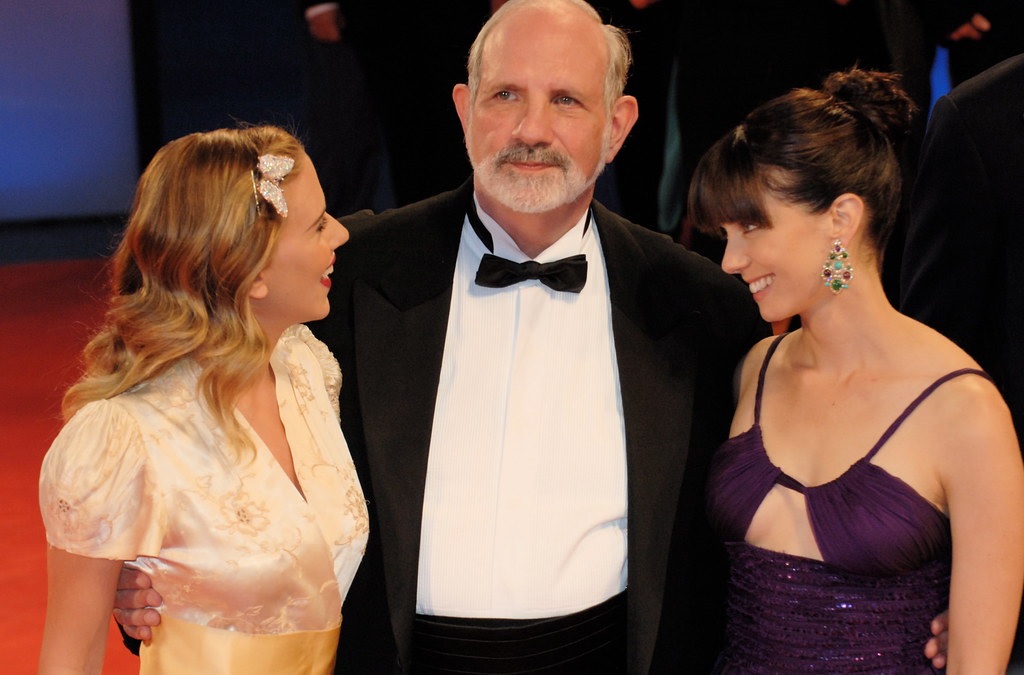
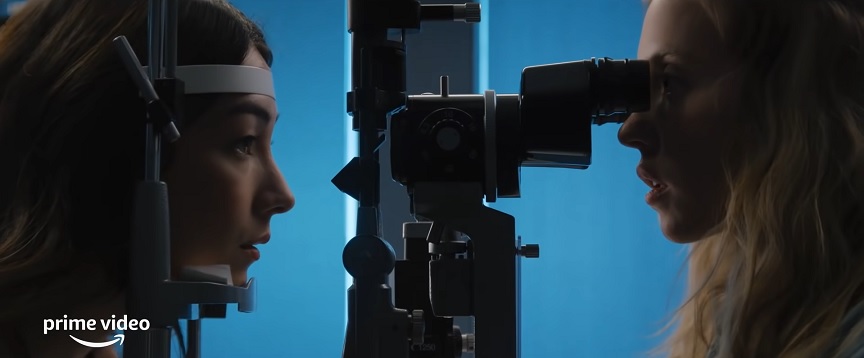
The first shot of The Voyeurs zeroes in on Pippa (Sydney Sweeney), as the camera observes her in the gap of a dressing-room curtain. As she appears to become aware that she’s being watched as she’s undressing, she looks reproachfully toward the audience while pulling the curtain shut. A bit on the nose, perhaps, but in a cinematic landscape so deprived of Brian De Palma-style post-Hitchcockian winking voyeurism, maybe more movies should be aiming to stimulate other body parts besides the boring old heart or brain?The Voyeurs isn’t just De Palma-esque; it’s a full-on erotic thriller, recalling movies like De Palma’s Body Double and Dressed to Kill, as well as less distinguished titles like 1993’s Sliver, with which it shares a fixation on urban surveillance. Pippa and Thomas (Justice Smith) are a couple who moves into a beautiful new apartment building and become fascinated with another couple, whose lives (sex and otherwise) unfold in full view across the street from them. Pippa becomes significantly more fascinated than Thomas does, though it’s hard to tell if she’s more attracted to amorous (some might say sleazy) photographer Seb (Ben Hardy) or the possibly distressed model Julia (Natasha Liu Bordizzo). Anyway, twists ensue, many of them erotic.
These types of movies have fallen out of fashion, as so many subgenres do—but it’s hard not to read their particular absence as a commentary on the utter sexlessness of so many mainstream movies (*cough* MARVEL *cough*). Despite fewer content restrictions than ever (no one will be checking IDs before you stream the decidedly R-rated Voyeurs on Amazon Prime this weekend), movie studios are cautious about heavily sexualized stories or characters. And there are some signs audiences like it this way, or at least have come to understand it as a standard: Every few months, sometimes even more often, someone goes viral on Twitter for opining how unnecessary it is for any movie to include basically any kind of sex scene. As far as anyone can tell, these tweets are rarely authored by your grandparents. They often seem to come from genuine twentysomethings, perhaps chucking sexuality out with the male gaze that has often informed them.
This possible generation gap may actually be a niche issue amplified by the Very Online, but it’s one that Michael Mohan, the writer-director of The Voyeurs, seems to be aware of nonetheless. Compared to vintage erotic thrillers, Mohan’s movie is striking for focusing on characters who read much younger than typical ‘80s or ‘90s protagonists. Justice Smith and Sydney Sweeney aren’t vastly younger than, say, Kathleen Turner in Body Heat or Melanie Griffith in Body Double, but they read that way thanks to the actors’ past work. Sweeney is known primarily for teenage or teenage-adjacent roles so far; though she often plays characters who are forward or provocative, as she did on Everything Sucks!, the short-lived ‘90s-based coming-of-age dramedy also shepherded by Mohan, she’s mostly kept pace with her real-life age. Smith has played some nominal adults in blockbusters like Jurassic World: Fallen Kingdom and Detective Pikachu, but these are exactly the kind of big-studio projects that are essentially kids’ movies with a few dark moments to placate adults. They barely have romance, let alone any hints of sex.
The movie’s characterization of Pippa and Thomas accentuates their late-Millennial, borderline-Gen-Z vibes. They come across as faintly disbelieving that they belong in a nice Montreal apartment, their romantic banter is dorky and self-deprecating, and they ask Siri about open relationships at brunch. Even their mismatched voices drive home their lack of forceful adultness: There’s a built-in hesitancy to Sweeney’s Drew Barrymore-ish lilt, while Smith’s deeper voice contrasts with his character’s sheepish attitudes (“that’s some good content,” he deadpans about seeing the neighbors across the way having sex). A distance forms between the characters because Pippa is intrigued by the watching-and-watched kink, while Thomas—who seems more squeamish about sex from the jump—blanches. (He’s technically correct about the questionable ethics of Pippa’s behavior—and still comes across as a worrying scold.)
The Voyeurs ultimately pushes further than vague questions of generational comfort with sexuality; it doesn’t really take place in anything resembling the real world, knowingly so (“It just doesn’t feel real,” Pippa says at one point late in the film). But the tension it generates between sexual curiosity and contemporary prudishness gives it some metatexual punch. Mohan and Sweeney place Pippa at the center of that tension. She appears in a concealed state of undress so many times that it almost becomes a running gag, making this the first movie in ages to actually attempt to wring suspense out of when nudity will occur. (Smith mostly stays clothed—both thematically appropriate for his character and somewhat unfair.)
This sounds lascivious, but the movie knows what it’s doing in this regard; it feels equally eager to recall the heyday of Mr. Skin and to be called “horny” on Twitter. If it feels a little like a training-wheel erotic thriller, lacking noirish overtones or the setpiece-heavy dexterity of a great thriller, maybe that’s part of its design. Instead, The Voyeurs remains hyper-fixated on the idea of watching — Pippa’s line of work is ophthalmology, enabling plenty of gnarly eyeball closeups (and the line “I know what the inside of her oculus looks like”) — to the point where the movie feels like a viewer’s guide to itself, easing an unaccustomed audience into its sexy, dangerous world. If it’s all a bit indulgent without a lot of emotional resonance to its more ghoulish twists, well, maybe that’s OK, too. Onanism doesn’t get much play in mainstream movies, either.
So that’s the setup of this tamer-than-it-should-be thriller, a slow-moving dud until a slam-bang finale that contains a couple of delicious twists. If only the whole movie had been like that.The director is Michael Mohan, who wrote the pedestrian script and is making his feature debut after working with Sweeney on the Netflix series “Everything Sucks!” His direction is fine; Sweeney, so good in Amazon’s Blumhouse film “Nocturne,” is effective.
But one wonders how a master of truly twisted movies — say, a David Lynch or a Brian De Palma — would have approached “The Voyeurs.” One suspects they would have a bit more fun and taken us further down the moral rabbit hole. And the sex would have been better too.
Sydney Sweeney and Justice Smith star in the saucy, silly, and extremely messed up erotic thriller The Voyeurs, which is perfect for a new generation of fans. Viewers have long been starved of truly absurd, yet sexy erotic thrillers that have an intoxicating blend of attractive people doing stupid and dangerous things for the absolute thrill of it. In The Voyeurs, writer-director Michael Mohan takes all the lessons of the truly wild erotic thrillers of the 1990s and brings them into the modern age. With a dose of Alfred Hitchcock’s Rear Window and Brian De Palma’s Body Double, The Voyeurs perfectly captures all there is to love about the genre.
In an interview with IGN, [James] Wan expressed a desire to work at a more intimate scale between blockbuster studio gigs, something in line with “the kind of films that excited me when I was much younger, when I was a teen growing up, idolizing film-makers like De Palma, Argento, and all that”. Those influences, De Palma’s twisted Sisters in particular, make themselves known in this winningly demented second-act stretch up to the acrobatic finale. (The Argento name-check boils down to the copious closeups of black-gloved hands wielding a medical award modified to serve as a dagger, a splendid and original signature weapon.) Maybe there’s something to be said for the surprise factor of such a sudden, palpable change in the film’s atmosphere. In practice, however, it feels like Wan’s being stingy with the livelier mayhem he’s evidently capable of unleashing. He can access a spectacular cinematic evil lying dormant inside him, so he ought to take a cue from his own story and let it be free before it can eat through the back of his skull.
The Malignant trailer is full of imagery that harkens back to the work of Argento and other giallo directors. Giallo is a subgenre of horror that saw its golden age in the 1970s. These films, such as Tenebrae and Bay of Blood, are crime-thrillers full of gruesome deaths, red lighting, leather gloves, and an amateur detective who must get to the bottom of the mystery.Wan directly references Argento’s Opera, explaining that this film “really has shades of all those ’80s and sometimes ’70s of more violent and visceral thrillers.”
Giallo is an aesthetically stunning genre, and the use of lighting and space in the Malignant trailer reveals James Wan’s respect for that period of horror history. Gabriel, the film’s villain, is shown decked out in black, the staple outfit for any giallo killer. Red light bathes every frame, and the film’s protagonist embodies the ethos of the giallo main character who is thrust into violence seemingly by chance until they realize the depth of the crimes at hand.
In defining the film himself, Wan says, “It’s horror, but it’s also a traditional thriller. It’s psychological, it’s serial killer, but it’s also potentially a monster movie.” While the trailer does reveal a giallo-inspired film, Wan also explains how this film draws on De Palma’s Dressed to Kill and Raising Cain to create something “in the vein of (De Palma’s) most outrageous whodunit vision.”
This is not just a typical possession film. This is something darker and sexier than his previous films, pulling from a grittier side of horror history.
He also explains the plot of Malignant as the horror version of a certain Disney animated feature, as the story revolves around two sisters trying to figure out a series of murders. Specifically, he says, “There’s a horror version of Frozen in that there is some of that sisterly camaraderie, but with a lot of crazy shit that happens around them.”